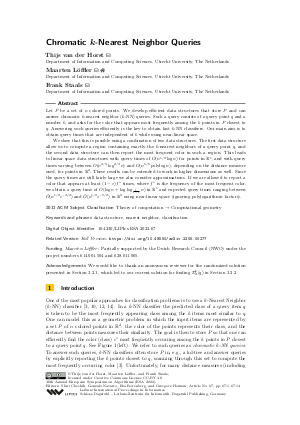LIPIcs.ESA.2022.67.pdf
- Filesize: 1.09 MB
- 14 pages

 Creative Commons Attribution 4.0 International license
Creative Commons Attribution 4.0 International license












Feedback for Dagstuhl Publishing